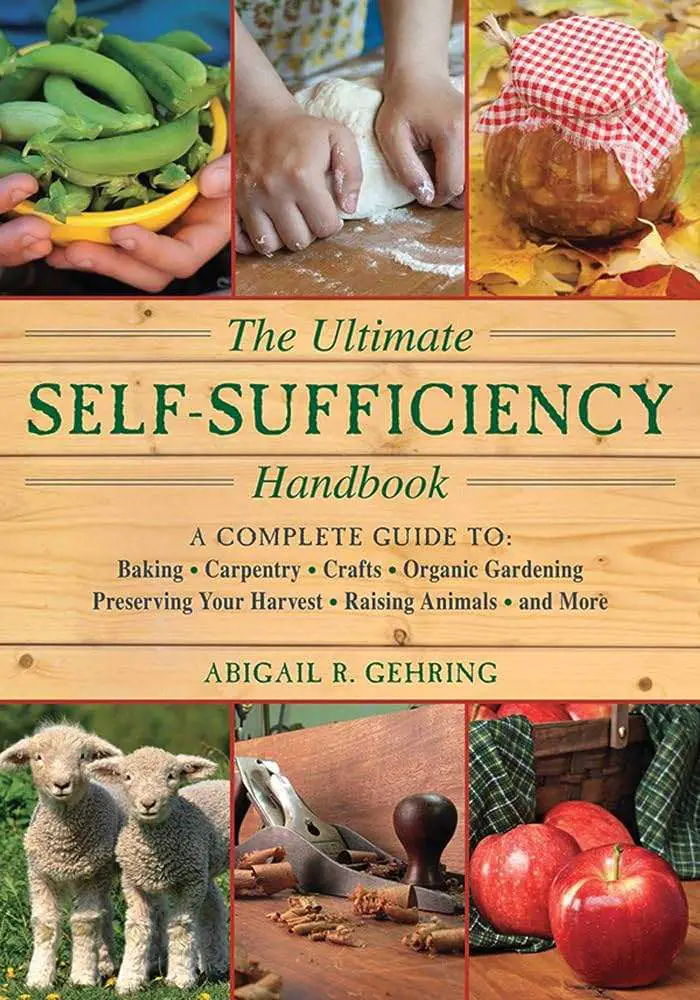In this article, we’re going to explore the topic of self-sufficiency and provide you with a complete guide on the subject. We’ll cover various aspects, such as off-grid living and what it means for a country to be self-sufficient. By the end of this article, you’ll have a better understanding of the concept and how it can be applied in different contexts. So, let’s get started and explore the world of self-sufficiency together!
Understanding Self-Sufficiency: A Complete Guide
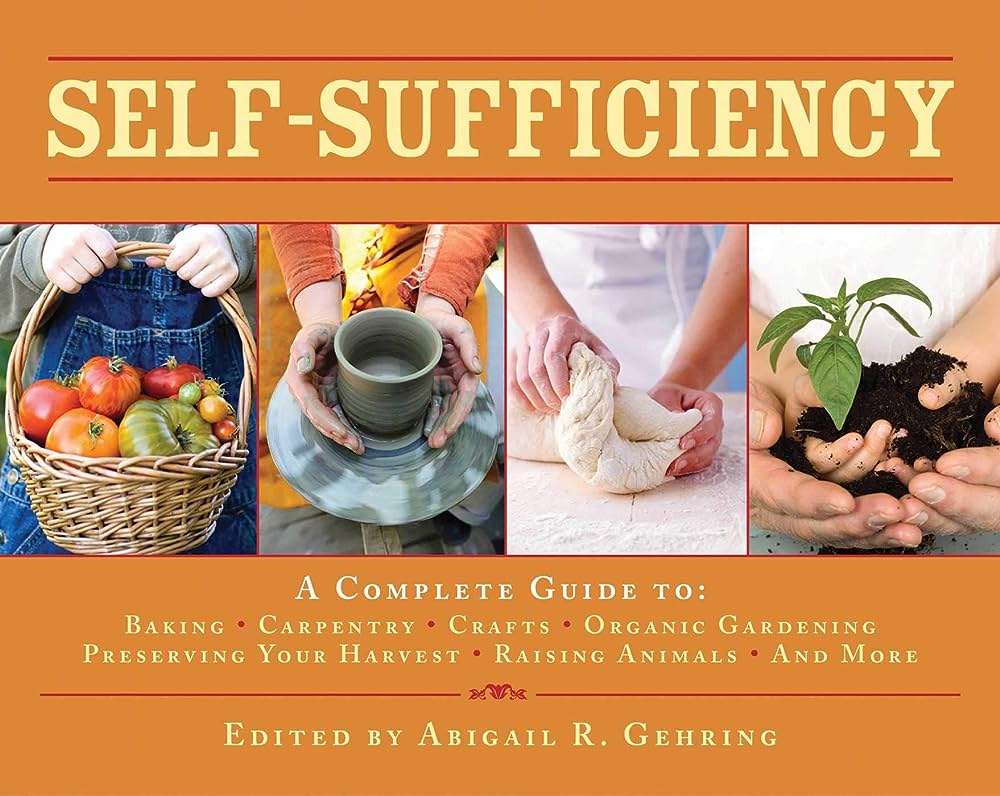
What is Self-Sufficiency?
Self-sufficiency is the ability to meet your own needs without relying on external sources or assistance. It is about being able to provide for yourself and your community in terms of food, water, energy, and financial stability. By embracing self-sufficiency, you can reduce your dependence on others and take control of your own life.
Benefits of Self-Sufficiency
There are numerous benefits to practicing self-sufficiency. Firstly, it offers a sense of security and independence. When you are self-sufficient, you have the ability to provide for yourself regardless of external circumstances, such as economic downturns or natural disasters. Additionally, self-sufficiency promotes sustainability by reducing your carbon footprint and reliance on scarce resources. It can also lead to improved mental and physical health, as you become more connected to nature and engage in physical activities.
History of Self-Sufficiency
Self-sufficiency has a long history, dating back to the early human civilizations. In ancient times, individuals and communities were primarily self-sufficient, producing their own food through farming, herding, and hunting. As societies developed, specialization and trade became more prevalent, leading to a shift away from self-sufficiency. However, the concept of self-sufficiency has regained popularity in recent years, spurred by concerns over climate change, economic instability, and a desire for more sustainable lifestyles.
Examples of Self-Sufficient Communities
There are various examples of self-sufficient communities around the world that serve as inspiration for those seeking a self-sufficient lifestyle. One such example is the Gaviotas community in Colombia. Founded in 1971, Gaviotas transformed barren land into a thriving community that generates its own electricity, cultivates organic crops, and utilizes sustainable technologies. Another example is the Findhorn Foundation in Scotland, known for its self-sufficient ecosystem and focus on environmental sustainability. These communities demonstrate that self-sufficiency is not only possible but also beneficial for both individuals and the planet.
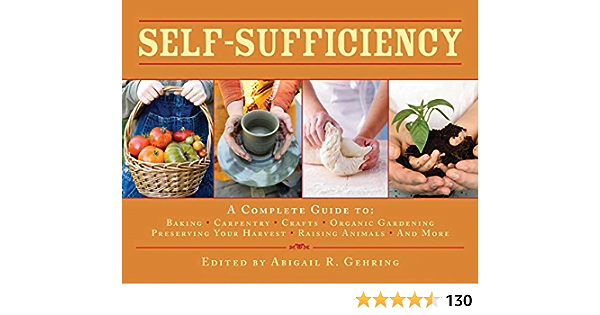
Factors for Achieving Self-Sufficiency
Achieving self-sufficiency requires careful planning and consideration of various factors. One important aspect is land and space. Whether you have a small apartment or a large plot of land, utilizing your space efficiently is crucial for self-sufficiency. Additionally, acquiring and developing necessary skills is vital. From gardening and food preservation to renewable energy and budgeting, having a diverse range of skills is essential for self-sufficiency. Finally, building a supportive community of like-minded individuals can provide valuable knowledge, resources, and assistance on your self-sufficiency journey.
Agricultural Self-Sufficiency
Agricultural self-sufficiency involves producing your own food through gardening, farming, or animal husbandry. By growing your own fruits, vegetables, herbs, and raising livestock, you can reduce your dependence on store-bought products and have control over the quality of your food. It may require learning about organic farming practices, optimizing soil fertility, and using techniques like permaculture to create sustainable food systems.
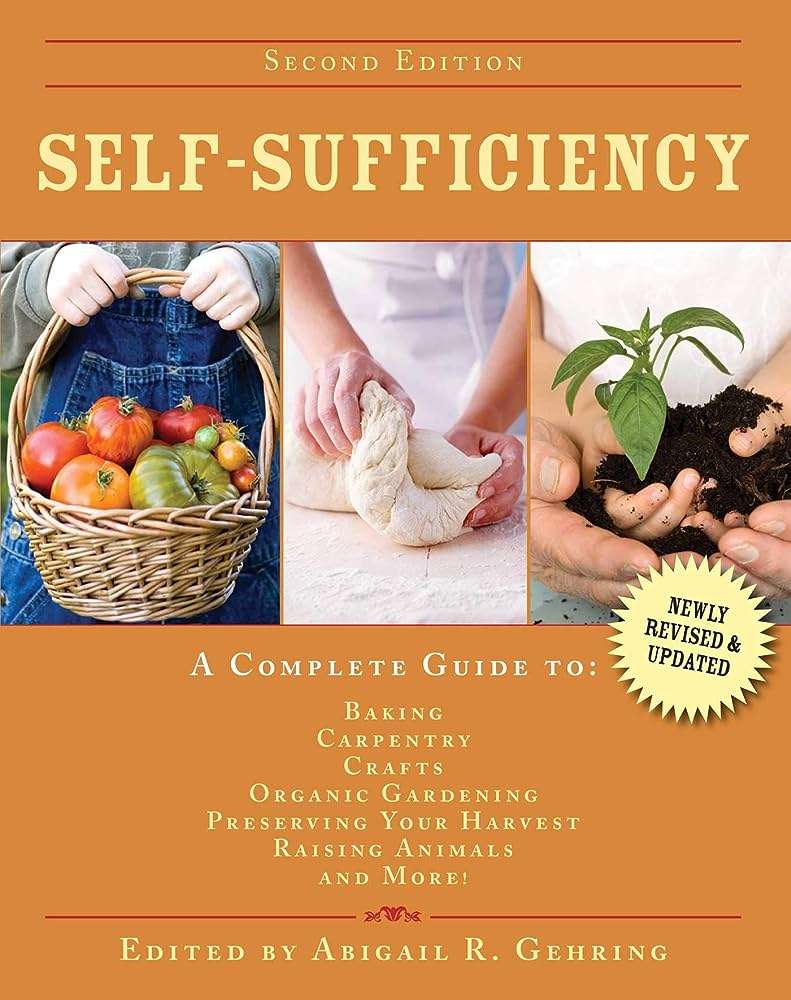
Energy Self-Sufficiency
Energy self-sufficiency focuses on generating your own energy instead of relying on traditional energy sources. This can involve installing solar panels, wind turbines, or utilizing other renewable energy sources. By harnessing natural resources and reducing reliance on fossil fuels, you can contribute to a greener and more sustainable future.
Water Self-Sufficiency
Water self-sufficiency is about ensuring access to clean and safe water without relying on public water systems. This can be achieved through rainwater harvesting, reusing gray water, or implementing water-saving techniques. By conserving and managing water resources effectively, you can minimize water wastage and have a secure water supply.
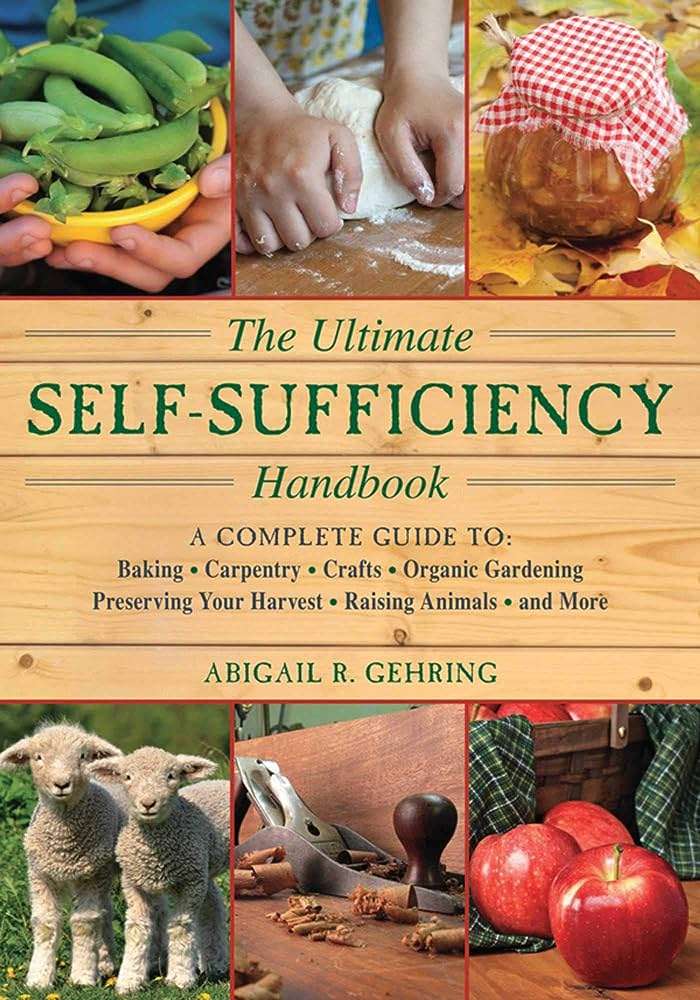
Financial Self-Sufficiency
Financial self-sufficiency involves achieving economic independence and stability. It requires careful budgeting, saving, and investing in sustainable income streams. By reducing debt, embracing frugal living, and developing diverse income sources, you can attain financial freedom and reduce the impact of external economic fluctuations.
Skills and Knowledge for Self-Sufficiency
To become self-sufficient, you need to develop a wide range of skills and knowledge. This can include basic gardening and farming techniques, food preservation methods, DIY home repairs, renewable energy installation, basic first aid, and financial management. Being self-sufficient also requires adaptability, problem-solving abilities, and a willingness to continuously learn and improve.
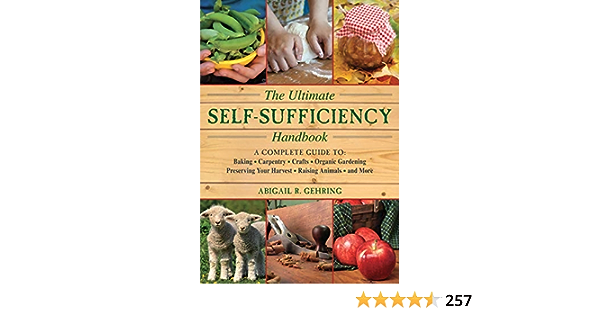
Challenges of Self-Sufficiency
While self-sufficiency offers numerous benefits, it also comes with its own set of challenges. One of the main challenges is the initial investment of time, effort, and resources required to establish self-sustaining systems. It may take time to develop the necessary skills and infrastructure, and setbacks and failures are inevitable. Additionally, self-sufficiency often requires a significant lifestyle shift, which can be difficult for some individuals and families to adapt to. However, with determination, patience, and dedication, these challenges can be overcome.
Transitioning to Self-Sufficiency
Transitioning to a self-sufficient lifestyle can be a gradual process. Start by identifying the areas where you can begin making changes, such as growing your own herbs or reducing energy consumption. Set achievable goals and gradually increase your self-sufficiency efforts over time. Embrace a mindset of learning and experimentation, and don’t be afraid to seek guidance or support from like-minded individuals or communities.
Self-Sufficiency in Everyday Life
Self-sufficiency is not limited to living off-grid or in rural areas. It can be incorporated into everyday life, regardless of your location. From growing herbs on a balcony to reducing waste through recycling and composting, there are numerous small steps you can take to enhance your self-sufficiency. Embrace simplicity, make conscious choices, and prioritize self-reliance in your daily activities.
Conclusion
Self-sufficiency is a journey towards independence, sustainability, and resilience. By embracing self-sufficiency, you can reduce your reliance on external systems, contribute to a greener planet, and enhance your overall well-being. Whether you choose to focus on agriculture, energy, water, finance, or all aspects combined, the benefits of self-sufficiency are rewarding and can positively impact your life and the world around you. Start your path to self-sufficiency today and enjoy the freedom and satisfaction it brings.

